The Upper Derwent Reservoirs
This chain of artificial lakes was an ideal test ground for the aircraft that would carry the "bouncing bombs" used by the WWII "Dambusters" squad.
The Upper Derwent reservoirs are a chain of three impressive manmade lakes—the Howden, the Derwent, and the Ladybower—that snake through Peak District National Park in the north of England. Controlled by two Gothic-style masonry dams and one large earth bank, they were constructed in the rural Derwent Valley during the first half of the 20th century, and went on to serve an unexpected military purpose during World War II as a practice field for the bombing raids known as Operation Chastise.
Derbyshire’s River Derwent flows off of a high moorland plateau through a stunning landscape, where the reservoir system provides nearly all of the county’s water and contributes much to south Yorkshire, Nottingham, and Leicester. It’s a tranquil spot for hiking and biking, but it is often remembered in Britain for its historic role during the Second World War.
Given the area’s similarity to the Ruhr and Edersee Valleys of central Germany, when the British military hatched a plan to take out strategic hydroelectric dams and power plants by targeted bombing raids, practice was needed in order to perfect the use of the “bouncing bombs” newly invented by scientist and engineer Barnes Wallace.
Requiring release from extremely low altitudes in the dark, these specialized water-bouncing devices were tested in several places in Britain (including the shores of Kent, where the remains of a test bomb recently washed ashore), but the dams and terrain of the three reservoirs at Upper Derwent suited the tests perfectly.
Crews of Royal Airforce 617 Squadron practiced their low-level bombing runs under cover of night, and ultimately Operation Chastise worked, hitting the targets with precision and taking out large sections of two German dams and a number of their power stations. The success earned the squadron the nickname of “Dambusters,” and today there is a small museum in one of the towers of the Derwent Dam that tells the story of the mission, as well as a plaque commemorating the Dambusting 617 Squadron.
If you happen to find yourself in the nearby village of Hope, you’ll find a small remnant of the dam construction: Over a thousand workers lived in a temporary “town” of corrugated iron huts, and remarkably, one of these little buildings still survives. It was transported to Hope, where is it currently in use as a beauty salon.
Know Before You Go
The Derwent reservoirs are in the north of England, between Sheffield and Manchester. There is a Visitors Centre as well as scenic overlooks, and if you go on a Sunday you can visit the small Derwent Valley Museum located in the west tower of Derwent Dam (just north of the Visitors Centre). There are also a couple of bike rental locations, which might be the best way to see the lakes and dams.

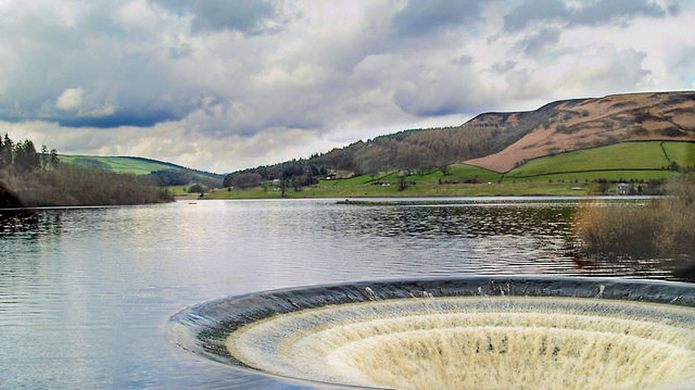
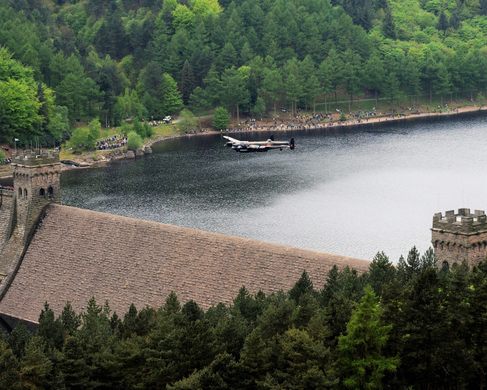


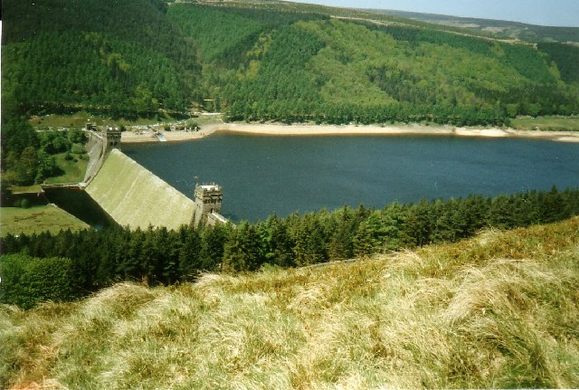
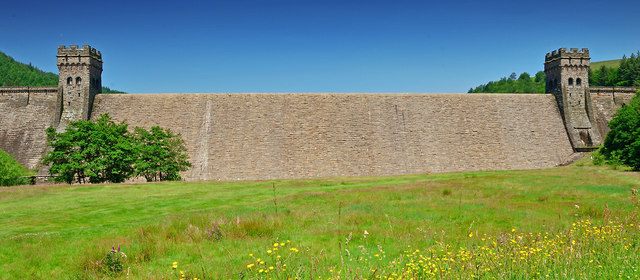
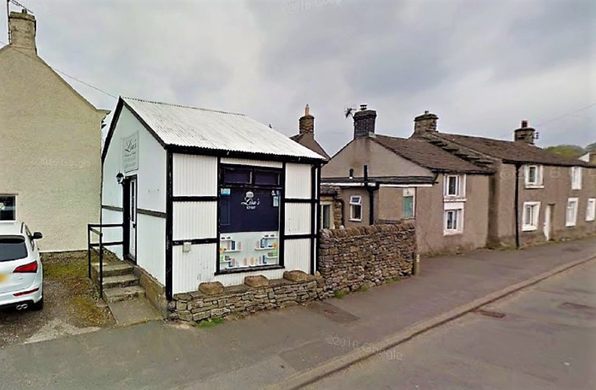


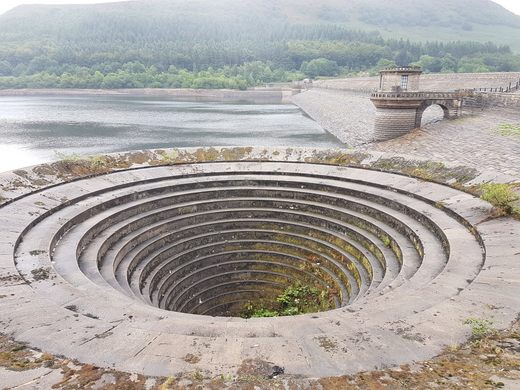
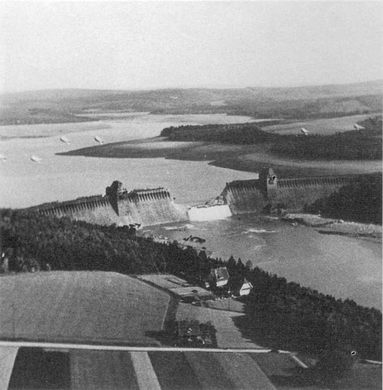
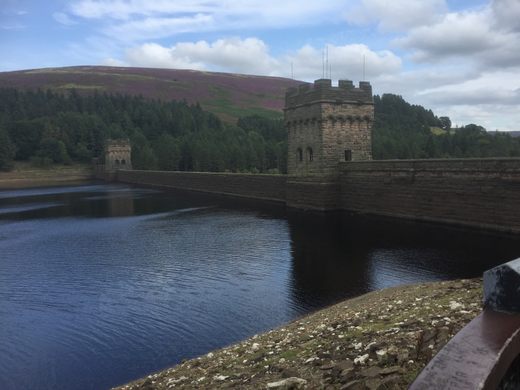









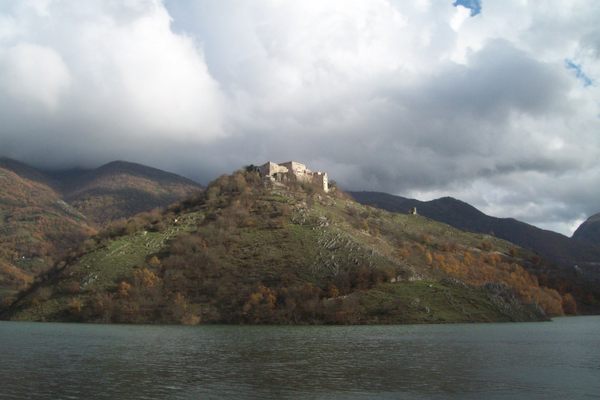


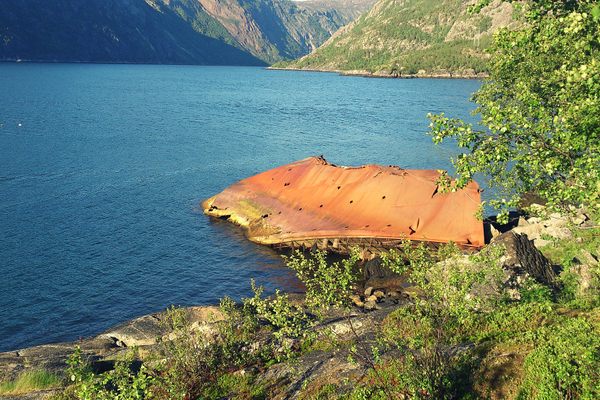

Follow us on Twitter to get the latest on the world's hidden wonders.
Like us on Facebook to get the latest on the world's hidden wonders.
Follow us on Twitter Like us on Facebook